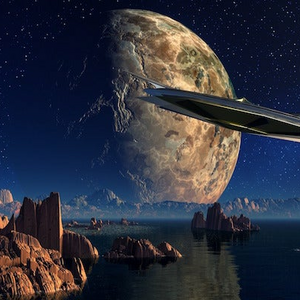
When Science Fiction Meets Social Science
- Article
- Jan 3, 2018
- #ScienceFiction
In 1980, Robert A. Heinlein wrote, “The most difficult speculation for a science fiction writer to undertake is to imagine correctly the *secondary* implications of a new factor. Ma...
Show More